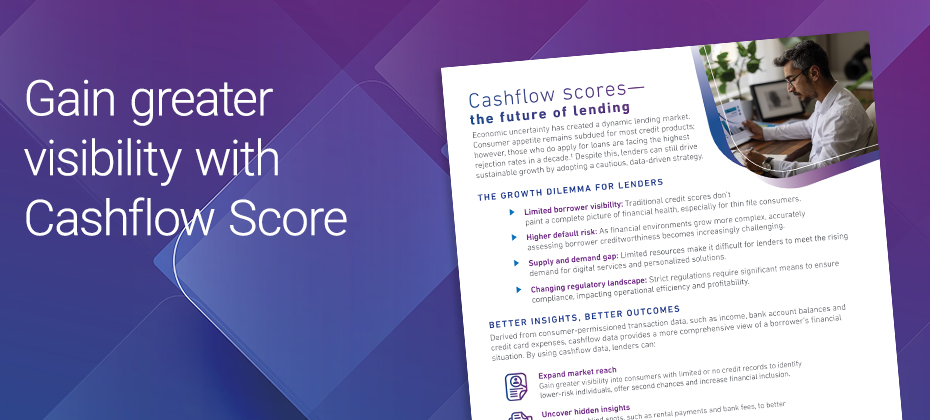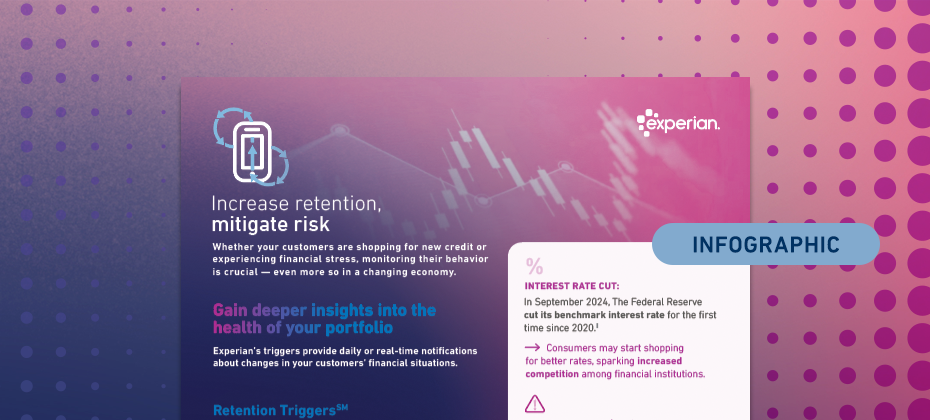
In today’s highly competitive landscape, credit card issuers face the challenge of optimizing portfolio profitability while also effectively managing their overall risk. Financial institutions successfully navigating the current market put more focus on proactively managing their credit limits. By appropriately assigning initial credit limits and actively overseeing current limits, these firms are improving profitability, reducing potential risk, and creating a better customer experience. But how do you get started with this important tool? Let’s explore how and why proactive credit limit management could impact your business.
The importance of proactive credit limit management
- Enhanced profitability: Assigning the optimal credit limit that caters to a customer’s spending behavior while also considering their capacity to repay can stimulate increased credit card usage without taking on additional risk. This will generate higher transaction volumes, increase interest income, promote top-of-wallet use, and improve wallet share, all positively impacting the institution’s profitability.
- Mitigating risk exposure: A proactive review of the limits assigned within a credit card portfolio helps financial institutions assess their exposure to overextended credit usage or potential defaults. Knowing when to reduce a credit limit and assigning the right amount can help financial institutions mitigate their portfolio risk.
- Minimizing default rates: Accurately assigning the right credit limit reduces the likelihood of customers defaulting on payments. When an institution aligns their credit limits with a cardholder’s financial capability, it reduces the probability of customers exceeding their spending capacity and defaulting on payments.
- Improving the customer experience: A regular review of a credit card portfolio can help financial institutions find opportunities to proactively increase credit limits. This reduces the need for a customer to call in and request a higher credit limit and can increase wallet share and customer loyalty.
Strategies for effective credit limit management
- Utilizing advanced analytics: Leveraging machine learning models and mathematically optimized decision strategies allows financial institutions to better assess risk and determine the optimal limit assignment. By analyzing spending patterns, credit utilization, and repayment behavior, institutions can dynamically adjust credit limits to match evolving customer financial profiles.
- Regular review and adjustments: As part of portfolio risk management, implementing a system for a recurring review and adjustment of credit limits is crucial. It ensures that credit limits are still aligned with the customer’s financial situation and spending habits, while also reducing the risk of default.
- Customization and flexibility: Personalized credit limits tailored to individual customer needs improve customer satisfaction and loyalty. Proactively increasing limits based on improved creditworthiness or income reassessment can foster stronger customer relationships.
Protect profitability and control risk exposure
Using the right data analytics, processing regular reviews, and customizing limits to individual customer needs helps reduce risk exposure while maximizing profitability. As the economic landscape evolves, institutions that prioritize proactive credit limit management will gain a competitive edge by fostering responsible customer spending behavior, minimizing default rates, and optimizing their bottom line.
With Experian, automating your credit limit management process is easy
Experian’s Ascend Intelligence ServicesTM Limit provides you with the optimal credit limits at the customer level to generate a higher share of plastic spend, reduce portfolio risk, and proactively meet customer expectations.
Let us help automate your credit limit management process to better serve your customers and quickly respond to the volatile market. To find out more, please visit our website.


